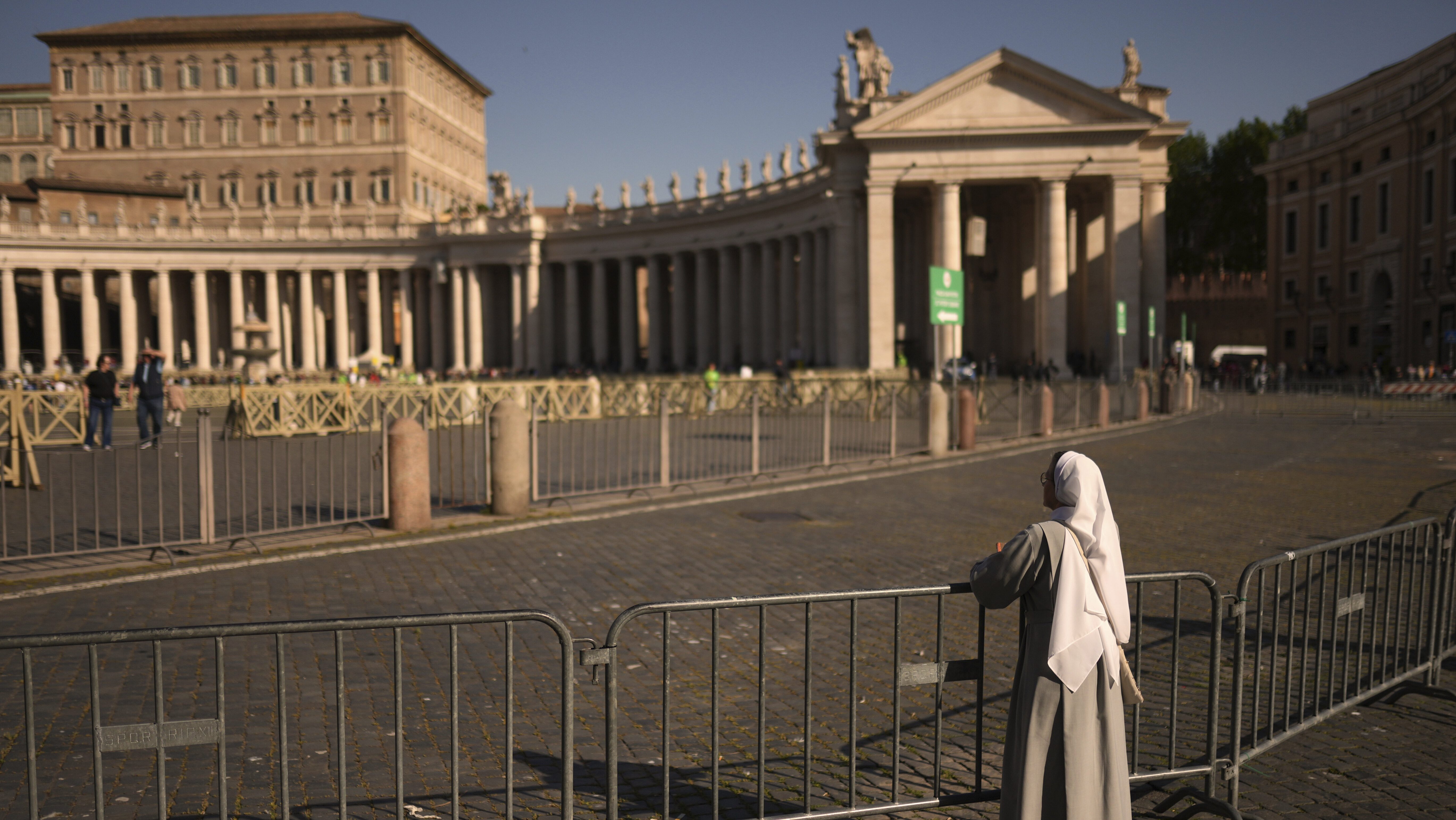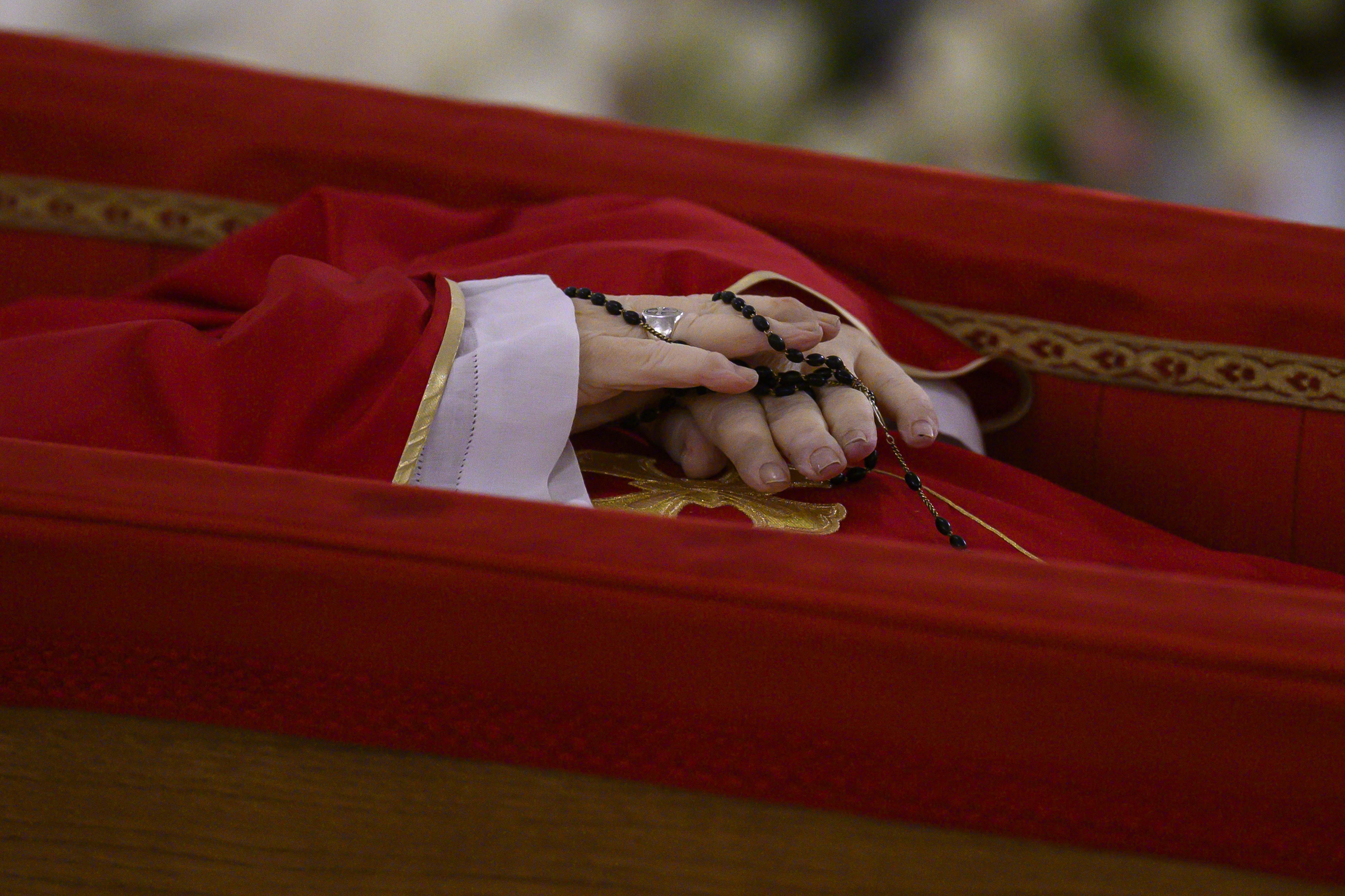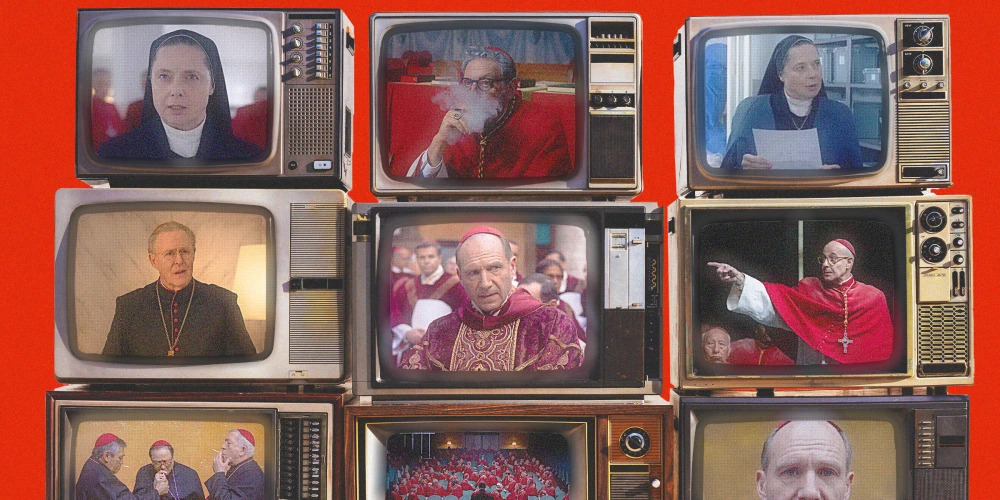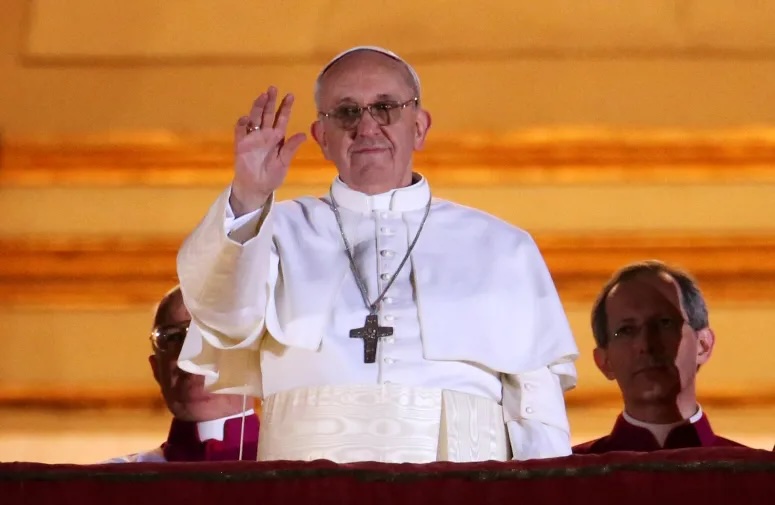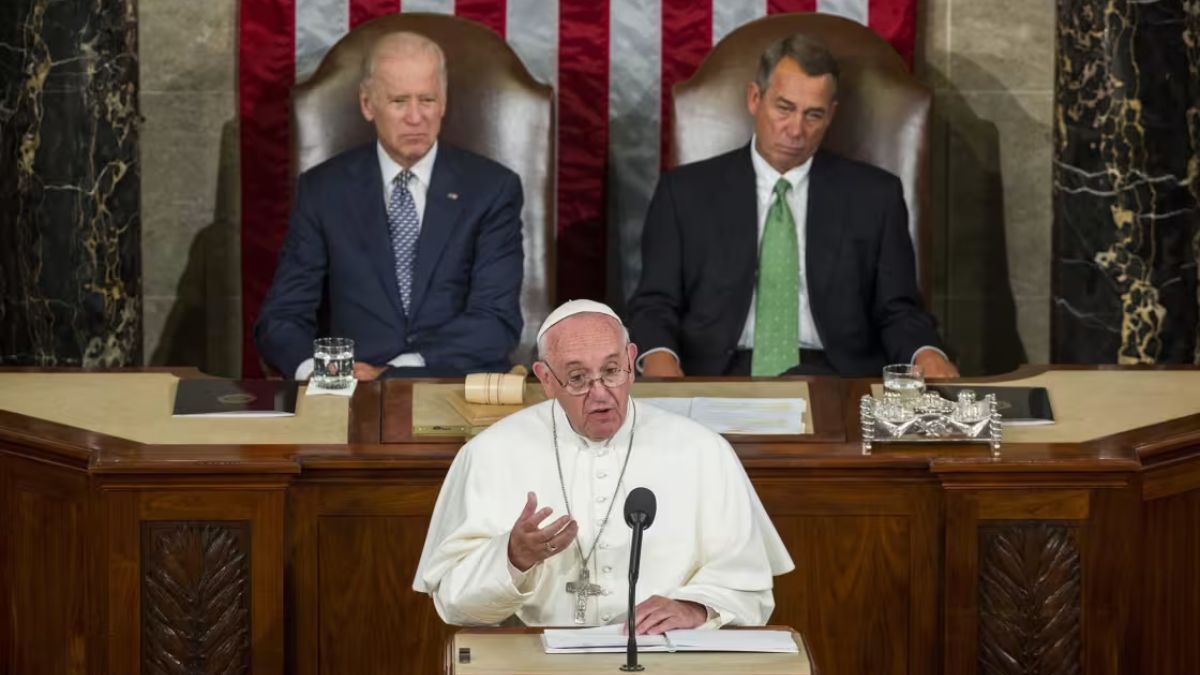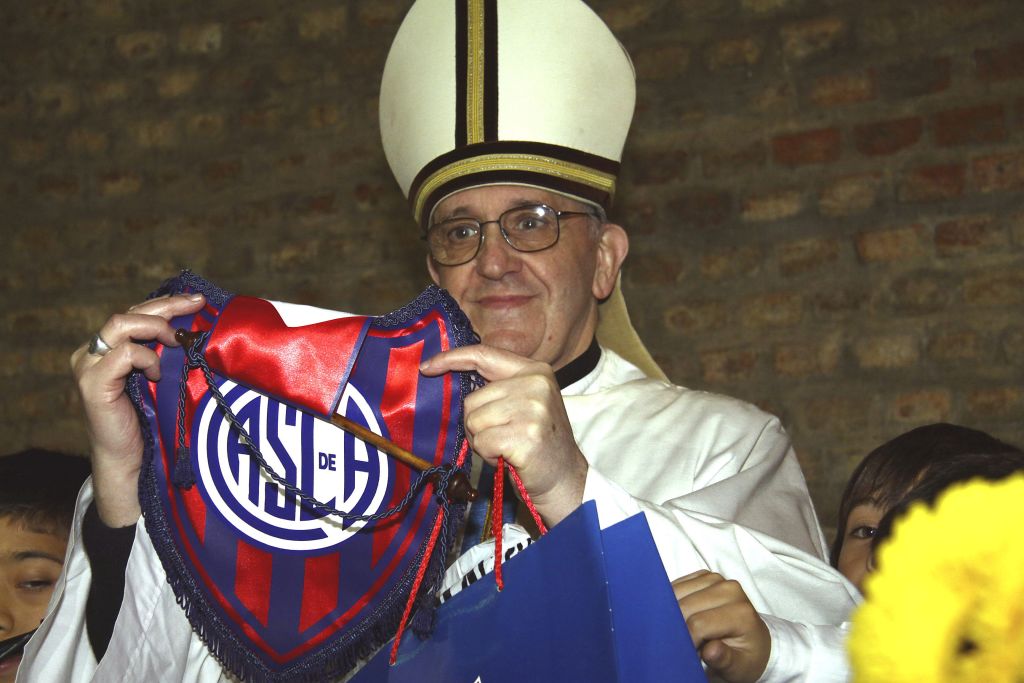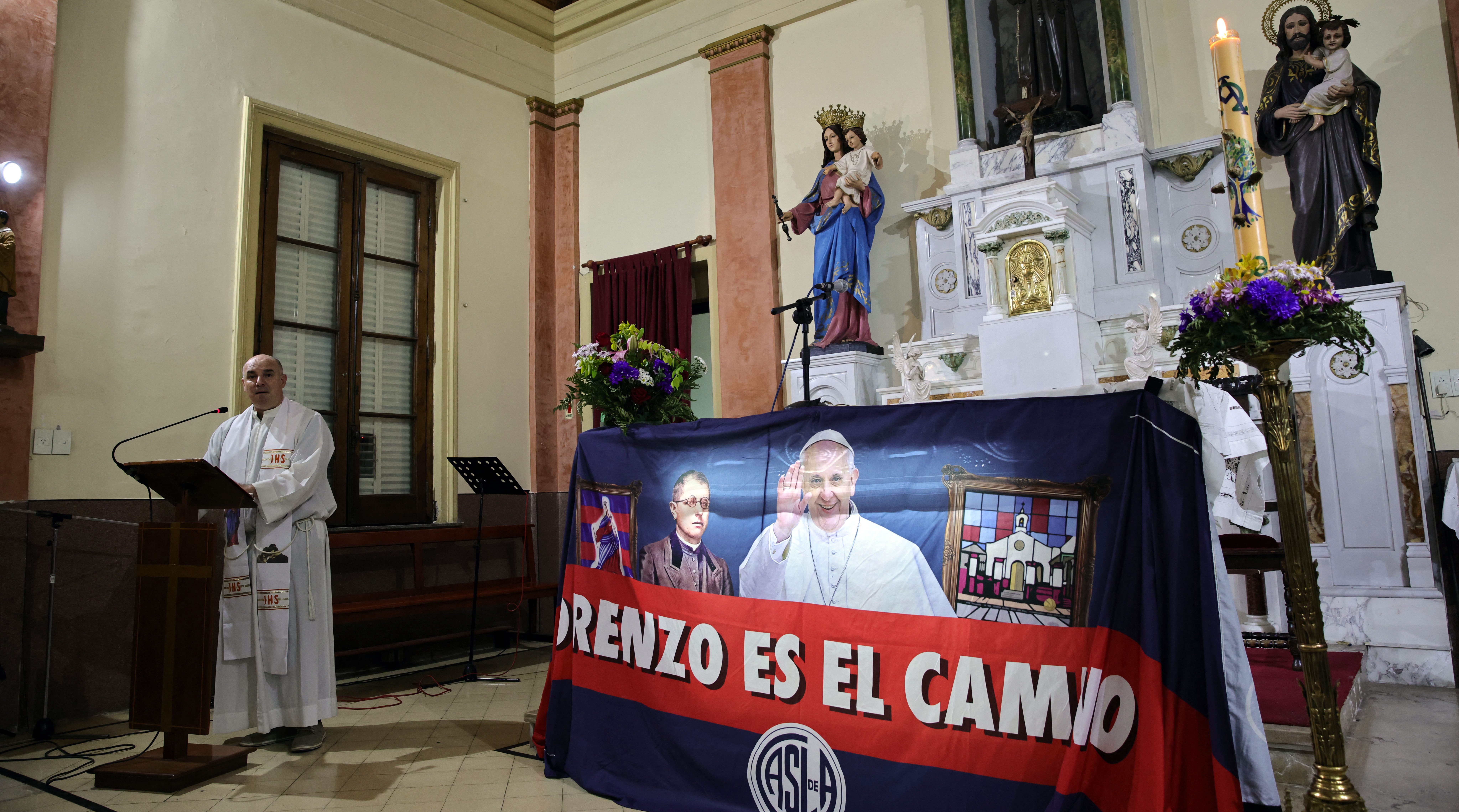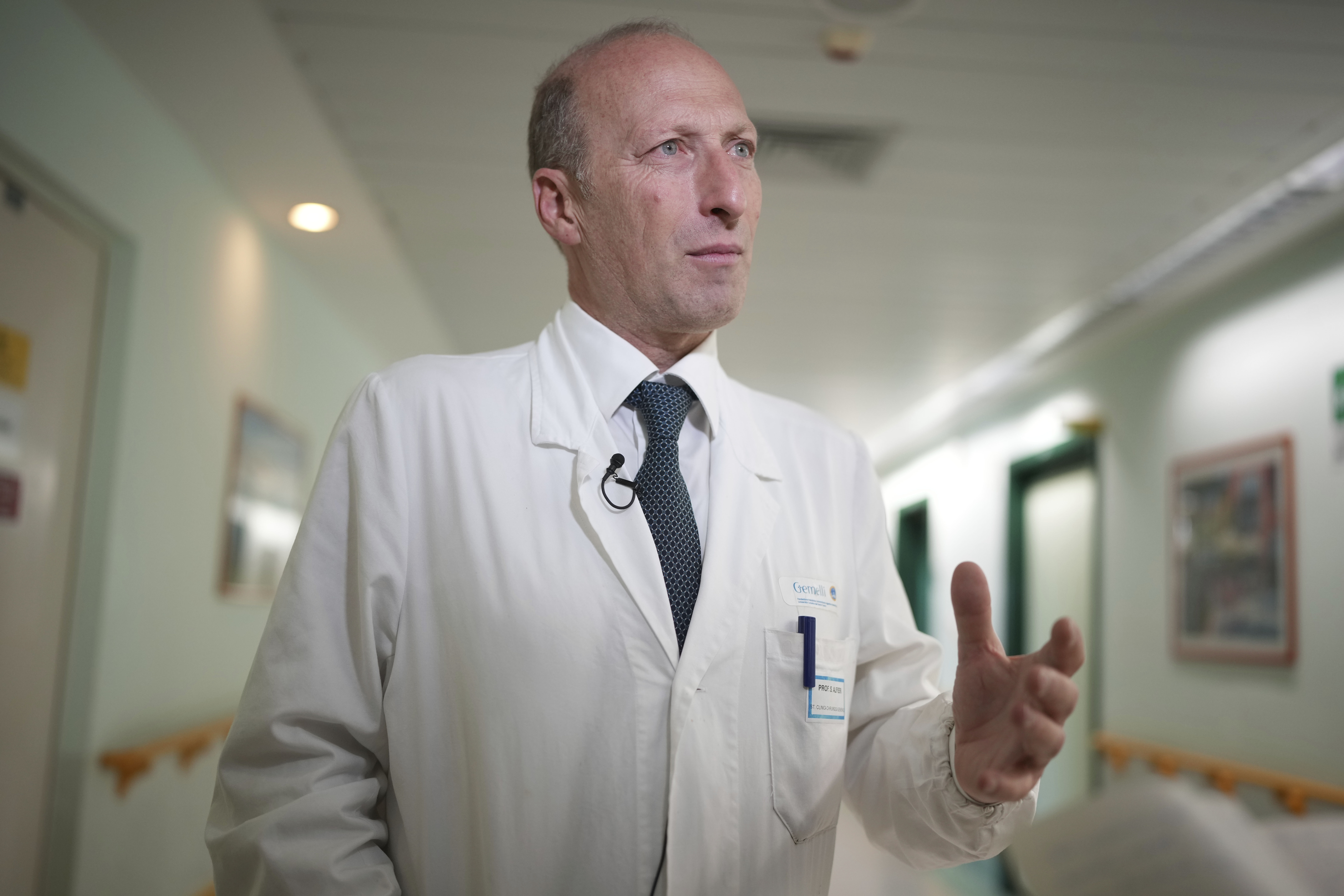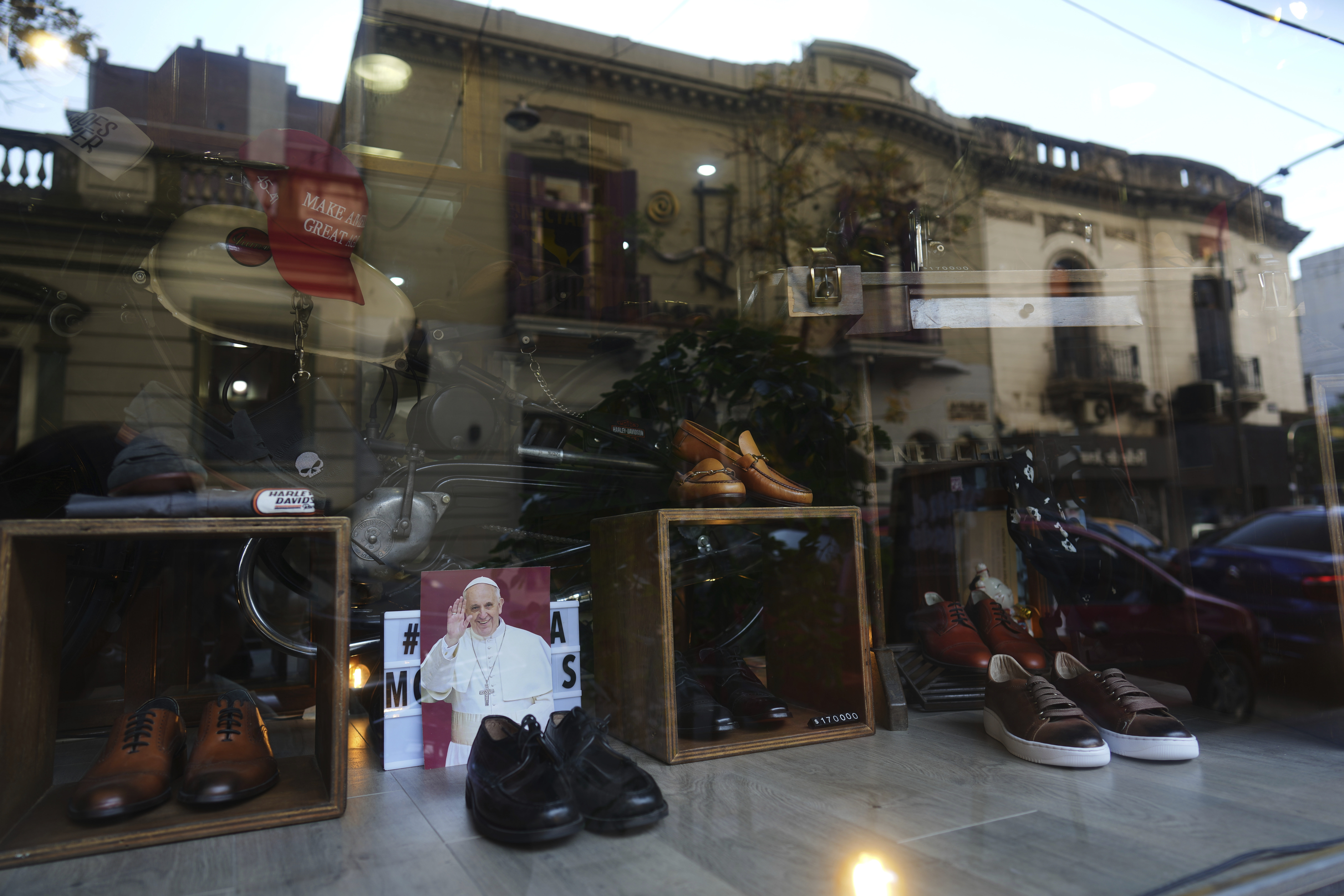Pope Francis: Public Viewing Wednesday, Funeral Saturday
World Mourns: Public Viewing of Pope Francis Set for Wednesday
A Global Farewell: Honoring Pope Francis
The world is in mourning. The passing of Pope Francis, at the age of 88, has sent ripples of sadness and reflection across the globe. He was a figure who, for many, represented a shift within the Catholic Church, challenging its conservative elements and inspiring hope among progressives. Now, the Vatican has announced that a public viewing will be held on Wednesday, offering the faithful and admirers worldwide a chance to pay their respects.
When and Where: Details of the Public Viewing and Funeral
The Vatican has laid out the plans for honoring Pope Francis. Here's what you need to know:
- Public Viewing: Begins Wednesday morning at St. Peter's Basilica.
- Funeral: Scheduled for Saturday at 10 a.m. local time (4 a.m. ET).
- Location: St. Peter's Square, Vatican City.
- Presiding: Cardinal Giovanni Battista Re will lead the funeral liturgy.
Why This Matters: Reflecting on Pope Francis's Legacy
Pope Francis's passing marks the end of an era. His papacy was characterized by a focus on social justice, environmental concerns, and interfaith dialogue. But what made him so impactful? Was it his humble demeanor, his calls for inclusivity, or his willingness to challenge the status quo? Perhaps it was a combination of all these things. Let's delve deeper into his legacy.
The Conservative-Progressive Divide: A Church in Transition
One of the defining aspects of Pope Francis's reign was the tension between conservative and progressive factions within the Church. He often ruffled feathers with his progressive stances, but also managed to connect with millions of people who felt marginalized by traditional Church teachings. How did he navigate this complex landscape, and what impact will his death have on this ongoing dynamic?
Understanding the Conservative Viewpoint
Conservative Catholics often prioritize adherence to traditional doctrines and practices. They may view Pope Francis's reforms with suspicion, fearing a dilution of core beliefs. Their concerns deserve consideration, as they represent a significant portion of the Church's membership.
The Progressive Perspective: A Call for Inclusivity
Progressive Catholics, on the other hand, often welcomed Pope Francis's emphasis on social justice, environmental protection, and outreach to marginalized communities. They see his papacy as a step towards a more inclusive and compassionate Church.
The Role of Cardinal Kevin Farrell: An Interim Leadership
Following Pope Francis's death, Cardinal Kevin Farrell, an American cardinal, has assumed the role of acting head of the Vatican. This is a temporary measure, as the College of Cardinals will soon convene to elect a new pope.
The Conclave: Electing the Next Pope
The conclave is a closed-door meeting of the College of Cardinals, where they will deliberate and vote until a new pope is elected. This is a deeply spiritual and significant process, shrouded in tradition and secrecy. The world will be watching intently as the cardinals make their decision.
The Conclave Process: How a New Pope is Chosen
The conclave is steeped in tradition. Cardinals are sequestered, and voting continues until a two-thirds majority is reached. White smoke signals a successful election, while black smoke indicates continued deliberation. It's a process that combines ancient rituals with modern-day realities.
Beyond the Vatican Walls: Pope Francis's Impact on the World
Pope Francis's influence extended far beyond the Vatican. He was a vocal advocate for peace, poverty reduction, and environmental protection. His words resonated with people of all faiths and backgrounds. What were some of his most impactful moments on the global stage?
Key Initiatives and Statements: Remembering Pope Francis's Advocacy
From his encyclical Laudato Si' on climate change to his calls for compassion towards refugees, Pope Francis consistently used his platform to advocate for a more just and sustainable world. These initiatives left an indelible mark on global conversations.
The Global Response: Tributes and Condolences
Leaders and ordinary citizens alike have expressed their condolences and admiration for Pope Francis. The outpouring of grief is a testament to the impact he had on countless lives. From heartfelt tributes to moments of quiet reflection, the world is united in mourning his loss.
Looking Ahead: The Future of the Catholic Church
With Pope Francis's passing, the Catholic Church stands at a crossroads. The election of the next pope will have a profound impact on the direction of the Church for years to come. What challenges and opportunities lie ahead?
Potential Candidates: Who Might Be the Next Pope?
While speculation abounds, the identity of the next pope remains uncertain. Various cardinals are often mentioned as potential candidates, but the conclave is ultimately unpredictable. The chosen leader will need to be someone capable of uniting a diverse and evolving Church.
The Challenges Ahead: Navigating a Changing World
The Catholic Church faces numerous challenges in the 21st century, including declining membership in some regions, ongoing debates about social issues, and the need to adapt to a rapidly changing world. The next pope will need to address these challenges with wisdom, courage, and compassion.
Public Viewing: A Chance to Say Goodbye
The public viewing scheduled for Wednesday offers a chance for millions to pay their respects to Pope Francis. It's a moment of collective mourning and reflection, a chance to honor his legacy and remember the impact he had on the world. This is more than just a ceremony; it's a testament to the power of faith and the enduring influence of a remarkable leader.
Conclusion: Remembering Pope Francis
The passing of Pope Francis marks the end of a transformative era for the Catholic Church. His papacy was characterized by a focus on social justice, environmental concerns, and a willingness to challenge the status quo. The upcoming public viewing and funeral will provide opportunities for the world to mourn his loss and celebrate his legacy. His impact will undoubtedly be felt for generations to come. The Church now faces a new chapter with the selection of a new Pope, a decision that will shape its future in an ever-changing world.
Frequently Asked Questions
- When will the public viewing of Pope Francis take place?
The public viewing is scheduled to begin on Wednesday morning at St. Peter's Basilica.
- Where will Pope Francis's funeral be held?
The funeral will be held on Saturday at 10 a.m. local time (4 a.m. ET) in St. Peter's Square, Vatican City.
- Who will preside over the funeral liturgy?
Cardinal Giovanni Battista Re will preside over the funeral liturgy.
- Who is currently leading the Vatican?
American cardinal Kevin Farrell is serving as the acting head of the Vatican until the College of Cardinals elects a new pope.
- What is the conclave, and how does it work?
The conclave is a meeting of the College of Cardinals, held in secrecy, to elect a new pope. Cardinals are sequestered until a two-thirds majority vote is achieved. White smoke signals the election of a new pope, while black smoke indicates continued deliberation.
